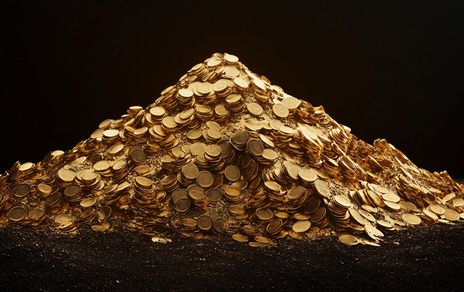Just last week, the gold price exceeded $4,350. By this Tuesday, however, it had dropped below $3,900, a decrease of more than 10%. Not even Bitcoin has experienced such volatility recently. So why are investors suddenly turning away from the ultimate safe-haven asset? Has the context changed?
In terms of geopolitical tensions, the Middle East has calmed down somewhat, but the situation is far from stable. This region has a long history of surprises, and recent years have only increased its unpredictability. For instance, a confrontation with Iran could occur at any moment, posing new risks.
As for the conflict between Russia and Ukraine, hopes for a quick resolution have once again faded. Neither side is willing to compromise, and even the threat of new sanctions has done little to change that. Markets have largely adjusted to this situation, but new shocks — especially those related to crude oil prices — remain possible.
Concerns about protecting capital from fiat currency devaluation have not gone away either. Many countries continue to struggle with budget deficits, and the U.S. national debt recently surpassed $38 trillion. Tariff revenues have not solved the problem, nor has Elon Musk's DOGE department.
So what’s really behind gold’s recent pullback?
The main theory is that optimistic headlines from the US-China trade talks have lifted investor confidence, sparking a broader “risk-on” mood. In particular, there’s hope that this week’s meeting between Xi and Trump could at least ease tensions, even if it doesn’t officially end the trade war.
Another factor could be the U.S. government shutdown, which has blocked traders from accessing key weekly data, including the CFTC report, which shows how hedge funds and other institutional investors are positioned in gold and silver futures, and without it, the market has been navigating somewhat in the dark.
Finally, some analysts cite a stronger dollar as a key reason for gold’s sharp drop, alongside the easing of a short squeeze in silver that had initially caused its prices to soar. Overall, it’s clear that precious metals had become overheated — or perhaps overvalued — and a correction was inevitable.
What to expect next?
Citi has already lowered its short-term gold target to $3,800 and identified $3,600 as an important support level. HSBC forecasts a gold price peak of $5,000 by 2026, while J.P. Morgan expects prices to exceed $8,000 by 2028. As always, time will tell — but historically, gold tends to rise in the long term.

